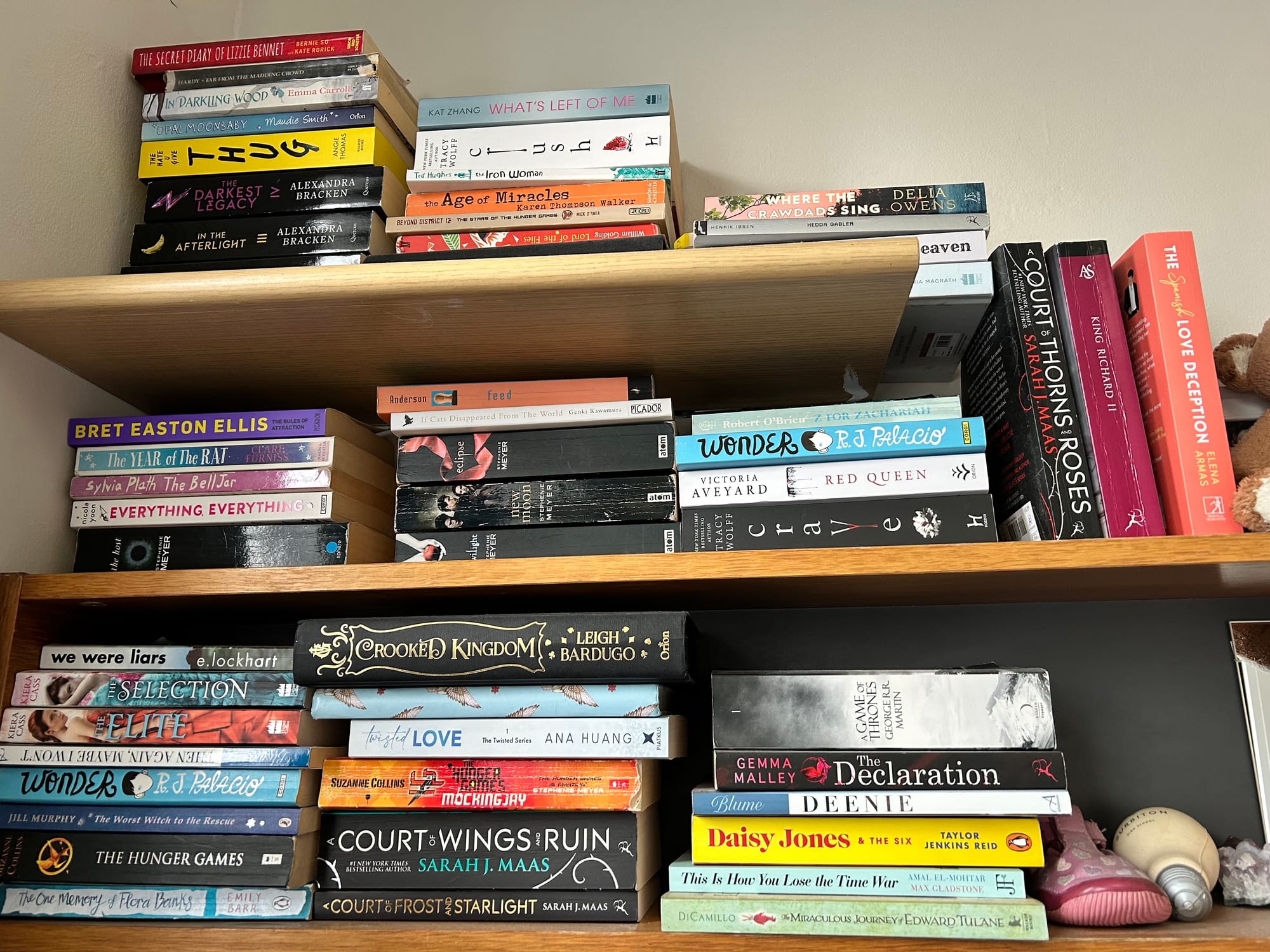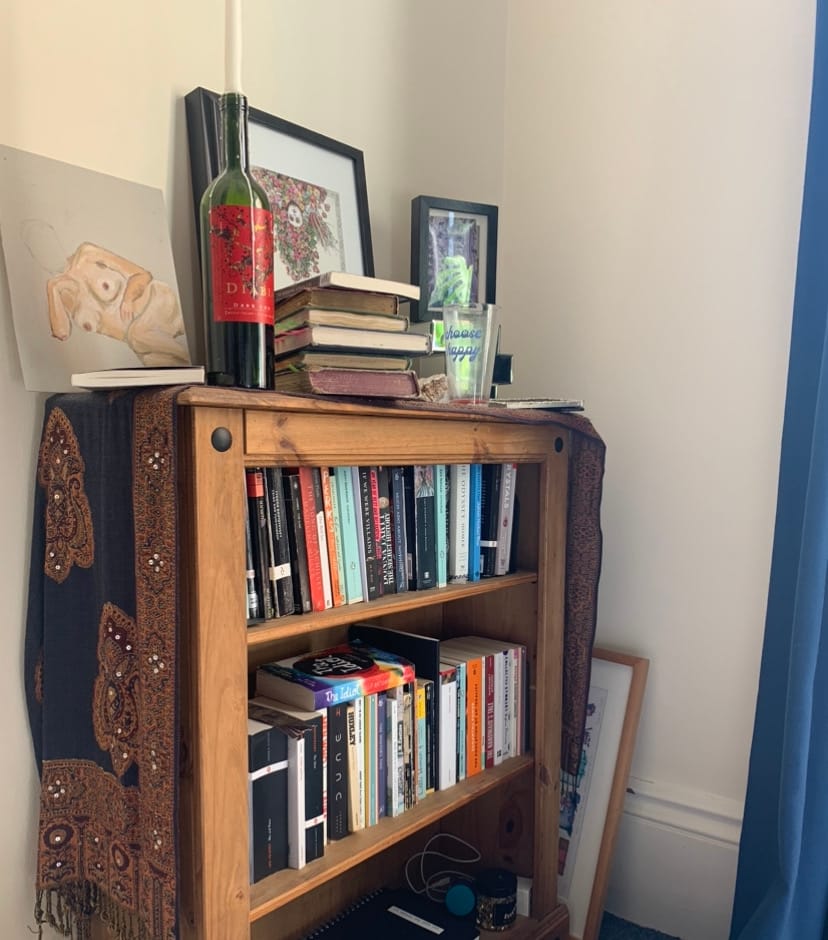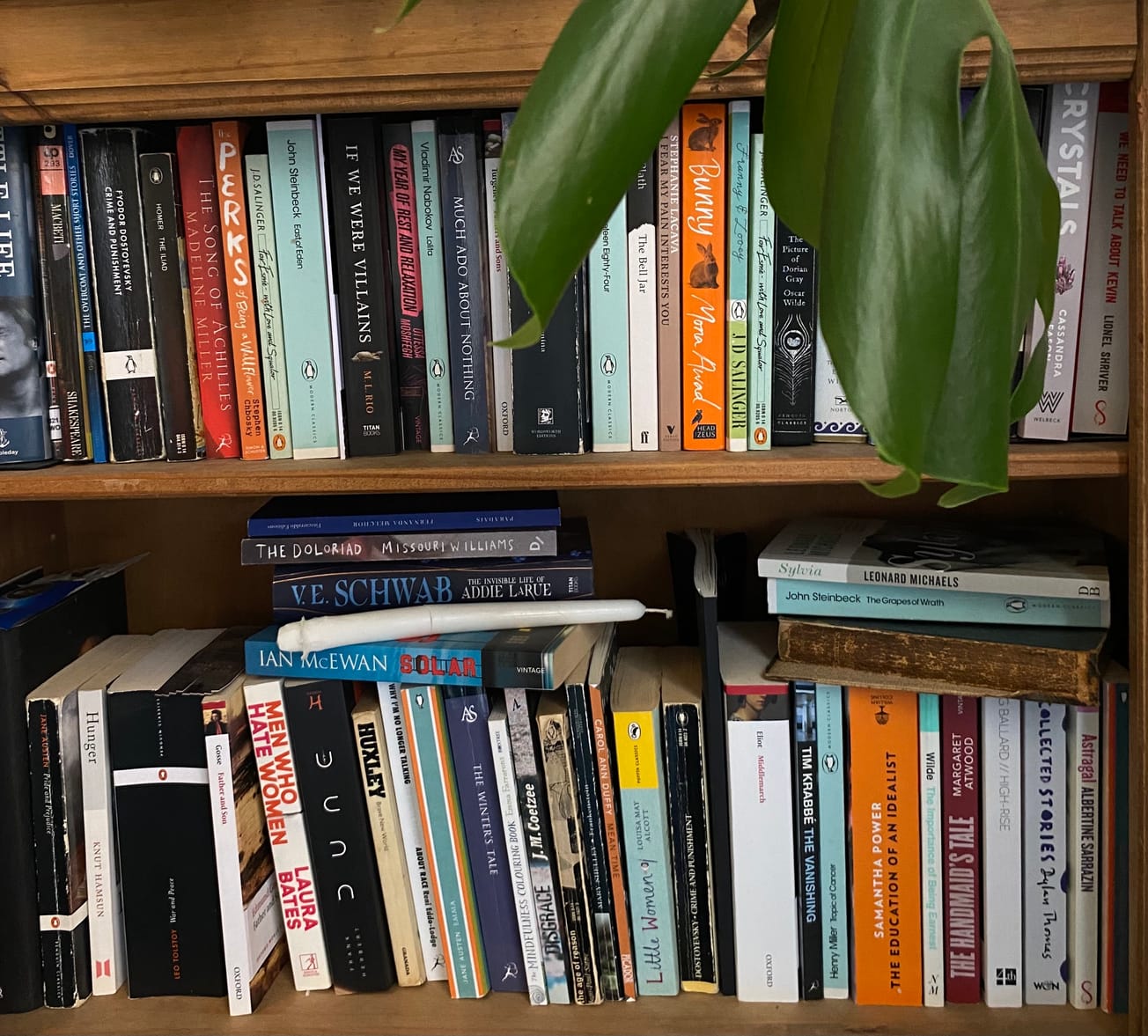By Ruby Smith, Second Year, English
‘Young adult novels’ is a term many readers are familiar with. Books within this genre are written for a teenage audience, covering themes of coming-of-age, politics, identity, friendships and relationships. A loosely defined but easily recognisable genre. The term ‘Dark Romance’ is a more modern phrase, a genre made popular through internet trends and social media crazes such as those on BookTok.
‘Dark Romance’ is best described through its tropes. Often associated with the fantastical, the genre covers mature and sexually explicit romances, notable for their extreme power imbalances and questionable morals. Tropes of large age gaps, enemies-to-lovers and kidnappings are common in these books, setting the scene for forbidden romances.
These two genres seem contradictory. A genre designed for young people with semi-educational and relatable plot lines compared to a category that romanticises the unhealthy, and sometimes illegal, kinds of romance. However, with Publishers Weekly reporting that YA books had the biggest increase in sales over a year (30.7%), the success of the genre speaks for itself.

In some ways, young people’s appeal to these romances is understandable. A Bristol University student who considers herself to be a fan of the genre described how these novels are a ‘complete fantasy’; that you are ‘never going to come across this a person like this in real life’ so a romance with them feels like a ‘powerful and sexy escape from reality’. She described how the male characters are often ‘horrible and evil’ characters, like fantasy kings or powerful Mafia bosses, but you always end up ‘loving them’ and ‘ignoring the fact they are actually evil’.
Power imbalances in these books are clear. Perhaps the most infamous of the YA dark Romance is Stephanie Meyer’s Twilight series. Portraying a romance between 17-year-old Bella and 104-year-old Edward, Meyer gets around this uncomfortable and illegal age gap with the fact Edward is a vampire, making his appearance forever at 21.
The reader I spoke to was aware of these influences on young people, insisting that these books ‘should not be read by young teens’. Being 20 herself, she explained that personal experiences of sex and romance taught her ‘correct boundaries and what is right from wrong’. This is in contrast with young readers, for whom these books are often their first introduction to sex, including reading graphic scenes of a violent and intense nature. It is clear that whilst older readers know enough to differentiate fantasy from real life, young people who haven’t yet experienced this cannot make this same separation.

Sarah J. Mass’s A Court of Thorns and Roses was first published under the YA category. Telling the story of Feyre entering the world of the Fae, the book experienced major commercial success, but also faced criticism for its sexual content and unhealthy relationships. The book sold over 13 million copies and was popular beyond a teenage audience. Many older readers encouraged the sexual nature of the successive books in the series, something rejected by parents of younger readers. This complicates what is considered acceptable in YA books, as writers are left to cater to the commercial sale of their books, whilst also dealing with accusations of impropriety that may isolate potential readers.
As this discussion becomes more publicised, many readers have suggested books of similar themes that are more appropriate for young readers. Leigh Bardugo’s Shadow and Bone series has been praised for its rejection of unhealthy relationships, despite fan pressure. Bardugo rejects the notion of the antagonist as a love interest, for the understandable reason that he is evil and far too old. Victoria Averyard’s Red Queen series follows a similar path and explores the complications of romance and betrayal in a way that doesn’t romanticise the toxic.
While ‘Dark Romance’ offers a fun escape from day-to-day reality, these books are best left to read by an older audience, calling to publishers to market their books toward appropriate readerships.
Featured image: Ella Carroll
What YA romances have you read?








